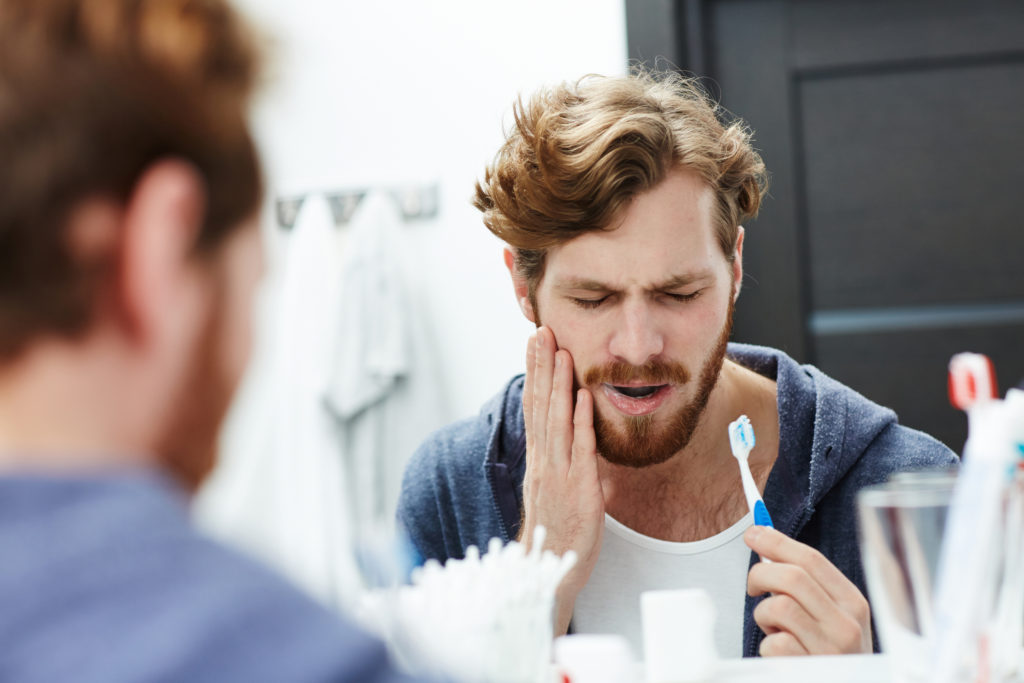Dental fillings are effective ways to avoid extractions by repairing teeth damaged by decay. While it’s normal to feel some sensitivity in the hours after the dental work, there are times when patients experience discomfort in the days after receiving a filling. There are a few reasons why you continue to have pain. The good news is that your dentist Granada Hills knows what to do in order to ease the discomfort.
Inflammation in the Tooth Pulp
One of the possible reasons for the ongoing sensitivity is a condition known as pulpitis. This is inflammation that has settled into the tooth pulp. While the condition is more commonly associated with teeth that are damaged in some sort of an accident or a cavity that has left the pulp exposed prior to the removal of the decay, it can occur even if the cavity appears to be relatively minor.
There are actually two forms of pulpitis. One is known as reversible pulpitis and can be treated using antibiotics. If effective, the medication heals the inflammation and the pain will be gone in a matter of days.
Irreversible pulpitis resists treatment with antibiotics alone. The dentist Granada Hills will likely recommend a root canal as a way to remove the damaged pulp. If a portion of the nerve is damaged, it will need to be removed as well.
Irritation to the Nerve
It’s possible for the nerve to become irritated even if there is no apparent infection in the tooth pulp. While the outer layers of the tooth usually protect the nerve, removing the decay prior to receiving the filling may trigger the irritation and pave the way for inflammation. The dentist may recommend using an over the counter product to deaden the pain as the nerve begins to heal. Typically, nerve irritation will subside somewhere between a few days and a couple of weeks.
If the discomfort continues, there may be more damage than an irritated nerve. A follow-up examination by the dentist will determine if there is more damage present. For example, the inflammation may be caused by a sack of pus that has developed around the tooth root and is beginning to spread bacteria to the pulp and the nerve. Should the exam reveal this is the case, it will be necessary to begin a dental abscess treatment in Granada Hills as soon as possible.
Problems With the Bite Alignment
Ideally the filling is shaped so that it fits perfectly in terms of preserving the bite alignment. When the filling is slightly taller than the rest of the tooth, that can be enough to create additional pressure when the patient chews. The pressure paves the way for more soreness and sensitivity.
Fortunately, it’s possible to smooth the upper portion of the filling and bring the bite back into proper alignment. This can be done in one session at the dental office. Once the work is completed, the pain should vanish over the next few days.
Remember that some discomfort after receiving a filling is normal. If the pain persists, there may be some sort of complication that needs attention. Contact your dentist and go in for another examination. If there is the need for any type of dental infection treatment Granada Hills or some other procedure, it can often be completed the same day.


